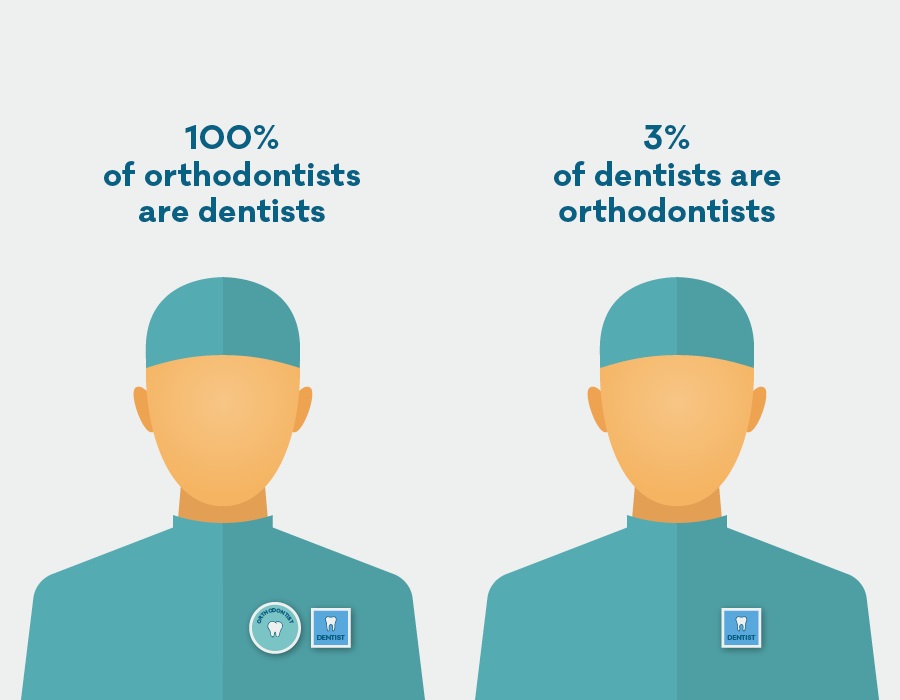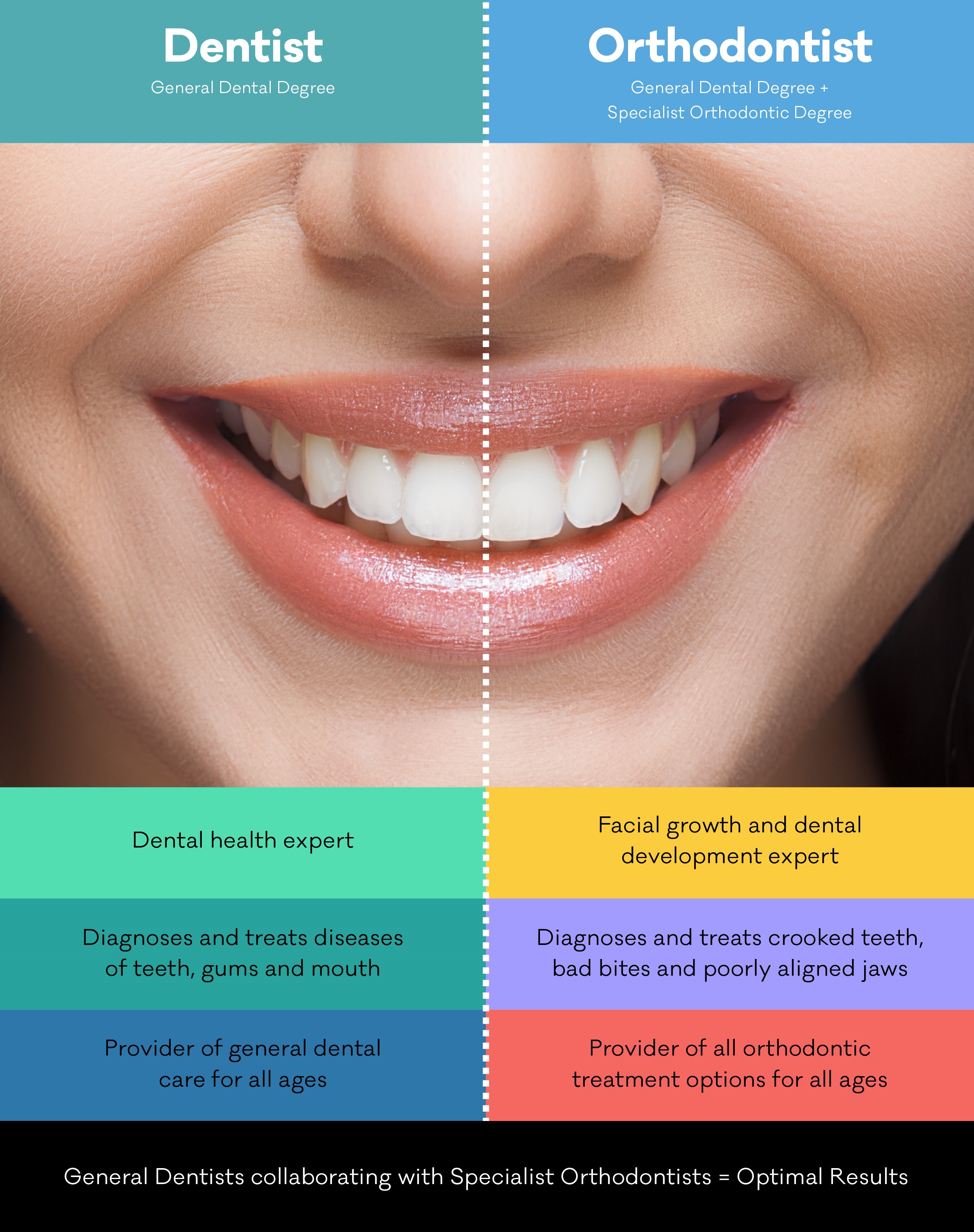
Orthodontics – an evolving profession
The following article has been contributed by the Australian Society of Orthodontists.
Research has brought many new technologies and techniques to the practice of orthodontics that has benefited millions of Australians over the last 10 years.
Orthodontic treatment has come a long way since the days of chunky metal braces, bands and headgears; today, contemporary orthodontic treatments are designed to be as unobtrusive and comfortable as possible so patients can get on with their lives without embarrassment or discomfort.
While braces are still an extremely effective way of straightening teeth and achieving a great smile, modern orthodontic treatment options now include clear braces, lingual (inside) braces and clear aligners (for example Invisalign / Clear Correct).
Orthodontists are responsible for helping Australians to feel good about their smiles. In addition to the psychological benefits such as improved self-confidence, orthodontic treatment also brings many physical benefits, including a beautiful smile through the correction of:
- Bad bites that can damage teeth and gums
- Protruding or misaligned teeth
- Gaps in your smile
- Crooked and overcrowded teeth
- Misaligned jaws (which can affect your facial profile)
- Speech, breathing or chewing difficulties
A beautiful, straight smile not only means teeth are easier to clean and gums are healthier, it can also help exude confidence and reduce stress. A confident smile can change your life – and no one understands this more than a specialist orthodontist.
So, what is an orthodontist?

The history of orthodontics has been intimately linked with the history of dentistry for more than 2000 years, which may explain why there is some confusion around the difference between dentists and orthodontists and a common misconception that they offer the same services.
Orthodontists are dental specialists. They specialise in the prevention, diagnosis and treatment of dental and facial irregularities to correctly straighten teeth.
Orthodontists and dentists share many similarities – they work together to help you improve your overall oral health – but they actually work in very different ways.
Dentists cover a broad range of oral health issues. Orthodontics, on the other hand, is a specialisation within dentistry that focuses on issues such as straightening teeth and correcting improper bite patterns.
Did you know that orthodontists complete an additional three years of university training, on top of their general dental degree? It’s important to be aware of a few key differences between orthodontists and dentists:
Dentists
- A general dentist is similar to your family GP medical doctor – they are skilled general practitioners who can diagnose and treat problems and common diseases that affect your teeth, mouth and gums.
- Dentists complete a General Dental Degree.
- They are experts in general dental care and maintenance for all ages.
- Unlike orthodontists, dentists are not trained at university in putting on braces and performing other orthodontic treatment and most general dentists will refer patients requiring orthodontic treatment to specialist orthodontists.
Orthodontists
- Orthodontists are registered dental specialists who have completed an additional three years of full-time University training in orthodontics, facial growth and development, biology and biomechanics (they hold a General Dental Degree + Specialist Orthodontic Degree).
- Orthodontists are facial growth and dental development experts. They diagnose and treat crooked teeth, bad bites and poorly aligned jaws.
- Orthodontists are experts in all orthodontic treatment options and technologies for children, teens and adults.
With over half of Australians (55%) feeling self-conscious about their teeth, and almost two thirds (62%) wanting to do something to fix their crooked smiles, it’s important that Australians are given all the information they need in order to make educated treatment choices.
Thinking of becoming a specialist orthodontist?
Orthodontics is one of the most exciting, challenging and rewarding industries available for bright young students who are willing to work hard to make a real difference to people’s lives.
 To become an orthodontist in Australia you must:
To become an orthodontist in Australia you must:
- Complete an AHPRA registered general dental degree
- Have the equivalent of at least two years clinical experience as a dentist
- Complete an accredited three year full-time university degree in orthodontics
- Be registered as a Specialist in Orthodontics
Orthodontic Courses in Australia are accredited by the Australian Dental Council and reviewed by the ASO. Prospective applicants should obtain information from the relevant institution before applying for admission.
- University of Adelaide
- University of Melbourne
- University of Sydney
- University of Western Australia
- University of Queensland
- University of Otago*
* New Zealand orthodontists are able to register and practice in Australia under mutual recognition. However, not all overseas qualifications are accepted for specialist registration in Australia.
About the ASO
The Australian Society of Orthodontists (ASO) is the peak body for Orthodontists and orthodontic knowledge across Australia.
Orthodontics Australia by the ASO, is the ASO’s public information and advice channel. Our blog and social media platforms have been designed to assist your research efforts and help you understand the difference between an orthodontist and a dentist, your orthodontic treatment options, the results you can expect and the journey along the way.
For more information about orthodontics visit www.aso.org.au

